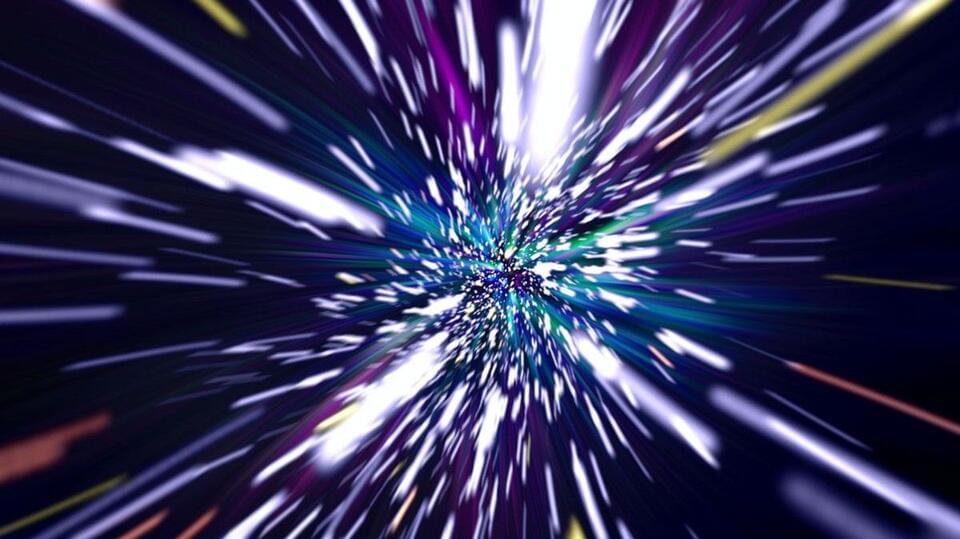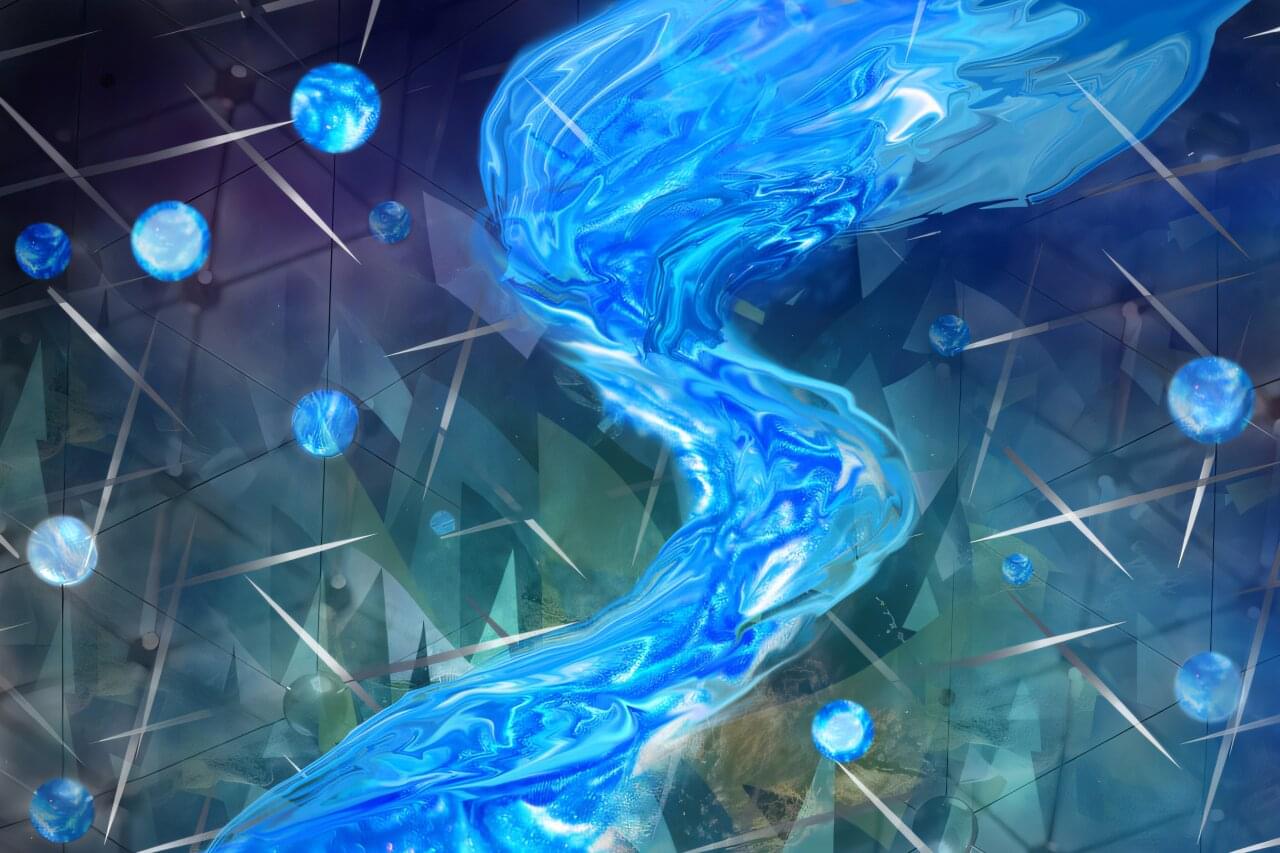Kaiming He, a professor in the Department of Electrical Engineering and Computer Science, believes AI can create a common language that lowers barriers between scientific fields and fosters collaboration across scientific disciplines.
“There is no way I could ever understand high-energy physics, chemistry, or the frontier of biology research, but now we are seeing something that can help us to break these walls,” said He.
MIT Associate Professor Kaiming He discusses the role of AI in interdisciplinary collaborations, connecting basic science to artificial intelligence, machine learning, and neural networks.






